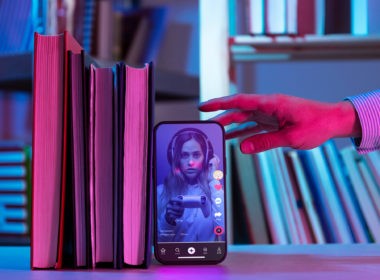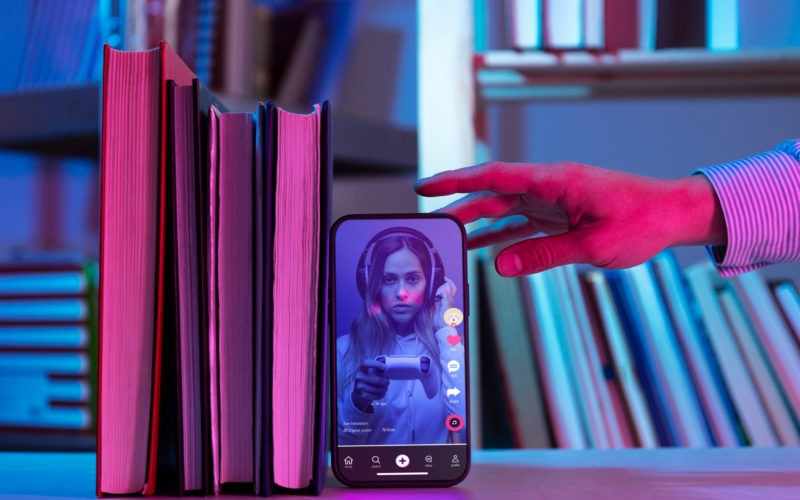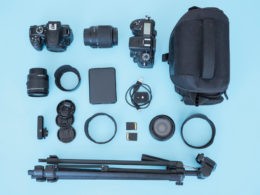When I first heard about Nano Banana, I assumed it was just another quirky AI name floating around the tech space. But after diving deeper, I realized it symbolized something much larger — a shift in how artificial intelligence interprets creativity itself. Nano Banana, the experimental model born from Gemini’s underlying architecture, has inspired a new wave of tools designed to simplify storytelling through video. Its approach — precise, adaptive, and creative — felt like the starting point of a much broader conversation about how we, as creators, use AI to bring motion and meaning together.
So, I spent a few weeks experimenting with three platforms that seem to capture the spirit of this innovation: Short AI, Zebracat AI, and Nanobanna Video. Each took a completely different path toward the same goal — empowering creators to make videos faster, better, and smarter.
Short AI: The Minimalist Genius Behind Seamless Storytelling

A Clear Purpose With Maximum Impact
If there’s one thing I appreciate as a creator, it’s when technology gets out of the way and lets the story lead. Short AI accomplishes exactly that. The platform feels like the embodiment of Nano Banana’s guiding principle — an AI that doesn’t overshadow creativity but enhances it subtly.
Instead of throwing hundreds of settings at you, Short AI focuses on simplicity. Upload your footage, and it intelligently detects scenes, emotions, and pacing, suggesting edit points that actually make sense. I remember testing it with a long explainer video — what usually takes me hours to trim became a matter of minutes.
Core Highlights That Matter
Short AI excels in automation that feels human. The AI identifies emotional beats and visually appealing frames with uncanny precision. Its ability to understand narrative rhythm is something I haven’t found in many editors. The system also offers automatic captioning, sound alignment, and pacing tools that are so intuitive, I almost forgot I was working with software.
Who It’s Best For
Short AI is ideal for content creators, educators, and marketers who prioritize clarity and time efficiency. It’s a smart match for anyone looking to maintain a professional standard without needing a post-production team. The only slight drawback? Its minimalist interface might feel limiting for users who crave total creative control, but for most, that’s part of its charm.
Zebracat AI: A Playground for Visual Experimentation

Where Creativity Runs Wild
Zebracat AI stands at the opposite end of the editing spectrum. It’s vivid, bold, and designed for those who enjoy the process as much as the outcome. If Short AI is the quiet perfectionist, Zebracat AI is the extroverted artist—unafraid of color, motion, and personality.
When I first imported footage into the platform, I was greeted with an interface packed with dynamic effects, animated overlays, and customization options. Its editing experience reminded me of early creative freedom but with the precision that modern AI like Nano Banana models promise—responsive, adaptive, and surprisingly contextual in how it matches effects with moods.
What Makes It Stand Out
Zebracat AI’s strength lies in its AI-assisted motion templates. These templates adapt transitions and effects to match scene energy levels, meaning your slow, emotional shots get gentle fades, while high-action sequences explode with kinetic cuts. I found this especially impressive when crafting short-form social videos, where pacing can make or break engagement.
The downside? With so many options available, it’s easy to get lost experimenting. But for creators who thrive in visual chaos and want their videos to scream personality, this platform is an expressive dream.
Ideal Audience
Zebracat AI caters to influencers, lifestyle vloggers, and creative marketers who prefer energy over minimalism. It’s perfect for those who believe editing should feel like painting rather than formatting.
Nanobanna Video: Precision Meets Accessibility

An Unexpected Contender
Now, here’s where things got truly interesting. Despite its name sounding playful, Nanobanna Video (not to be confused with the AI framework Nano Banana) offers an unexpectedly professional editing environment. It’s the kind of software that balances structure and freedom, providing both technical reliability and creative flow.
When I first uploaded a documentary clip, the AI immediately analyzed tone, lighting, and motion, then generated editing suggestions aligned with the video’s emotional core. This level of contextual understanding—clearly influenced by advancements in models like Nano Banana — made me rethink what “automatic editing” really means.
Functionality That Feels Designed for Humans
Nanobanna Video doesn’t just automate—it collaborates. The real-time preview system gives instant feedback as you trim or color-grade. One feature I adored was its adaptive sound tool, which automatically adjusts volume levels to keep dialogue crisp even in noisy environments. Unlike some editors that rely solely on filters, this one feels like a true assistant that respects artistic intent.
However, it’s not without imperfections. Rendering times were slightly longer compared to Short AI, and the learning curve is steeper than Zebracat AI’s visual-first layout. But in exchange, you get a toolset that can easily scale from short-form content to full-scale video productions.
Who Will Love It
Nanobanna Video is perfect for semi-professionals and serious content producers who want granular control with AI guidance. It’s particularly useful for teams who collaborate remotely, as its cloud-based synchronization keeps projects consistent across users.
How These Tools Redefine the Editing Landscape
After spending weeks with all three, I noticed a fascinating pattern: each platform reflects a different philosophy inspired by the same technological wave that started with Nano Banana.
- Short AI redefines efficiency — editing made invisible, where AI feels like intuition rather than instruction.
- Zebracat AI champions creativity — inviting you to play, experiment, and let your imagination run wild.
- Nanobanna Video represents precision — a structured yet adaptable approach for users who crave both power and polish.
It’s rare to find tools that combine function with personality, but these three manage to do just that. Together, they illustrate how AI-driven editing isn’t just about speed; it’s about expanding what storytelling itself can look like.
Why AI Video Editing Matters Now
In an age where attention spans are measured in seconds, the need for efficient, engaging video creation has never been greater. AI models like Nano Banana have changed the landscape, teaching machines to understand not only visuals but emotional resonance. This means editing isn’t just faster—it’s becoming more humanly expressive.
What excites me most is how these tools empower independent creators. You no longer need massive budgets or advanced technical training to create cinematic-quality work. Whether it’s a teacher compiling lesson snippets, a musician cutting behind-the-scenes footage, or a startup producing promotional reels—AI editing has democratized production at every level.
Final Thoughts
Exploring Short AI, Zebracat AI, and Nanobanna Video showed me just how much the creative process has evolved. Each tool shines in its own way: the clean precision of Short AI, the colorful chaos of Zebracat AI, and the professional balance of Nanobanna Video. Yet, behind them all, the spirit of Nano Banana lingers—a reminder that technology can enhance creativity without replacing it.
As I continue creating, I find myself relying more on these AI systems not because they simplify tasks, but because they amplify ideas. They turn tedious editing into inspired experimentation—and that, more than anything, feels like the true promise of modern creativity.
⸻ Author Bio ⸻
Tina is a passionate AI tool tester and market observer who, with their keen eye for innovation and usability, spends countless hours figuring out how emerging technologies are changing the creative landscape.
Images provided by the author.











